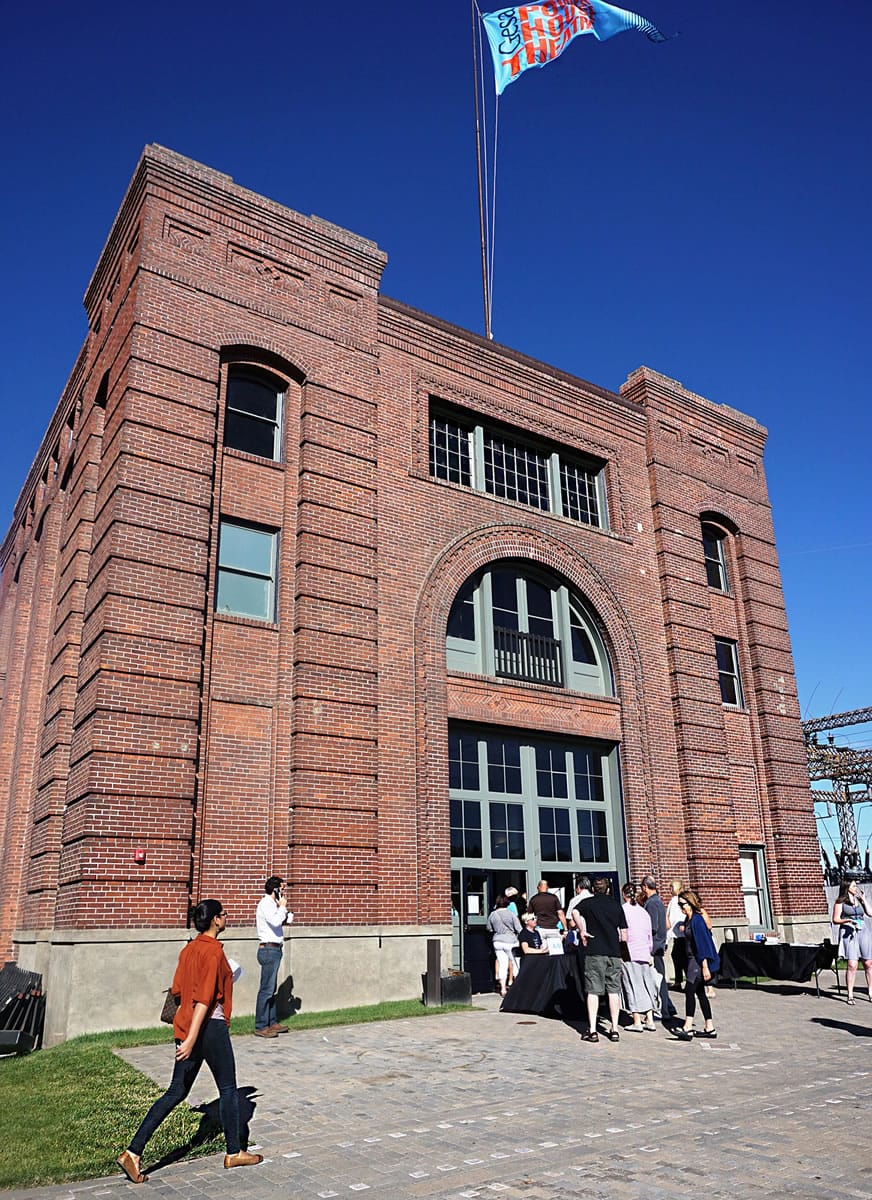Attendees of last week’s Celebrate Walla Walla Valley Wine event were treated to a thought-provoking presentation on merlot-growing at the Gesa Power House Theatre, an historic power station that dates to 1890, in Walla Walla.
Keynote speakers Fred Dame, a master sommelier, and Stephen Tanzer, editor-in-chief of Vinous, a website for wine lovers, deftly presided over the exquisite 342-seat venue, drew laughs in all the right places and possibly even struck a bit of fear in a packed house that had come to hear why merlot in Walla Walla has a bright future … only to find out that not everyone is sold on that idea.
The world looks to the right bank of France (think Saint-Émilion and Pomerol of the Bordeaux region) as the gauge by which all other merlot is measured. And if you’re Tanzer, Walla Walla’s climate could be too warm for a traditional Bordeaux-style merlot.
That is not to say that noteworthy merlot cannot be grown this far east — as evidenced by the awards prominently displayed in tasting rooms all over this American viticulture area — but, rather, the flavor profile is quite different, and Tanzer clearly prefers the more austere, red-fruit notes of Bordeaux to the black fruit and stronger herbal qualities of the terroir of Eastern Washington.



